The indoor revolution: how training inside went from being universally hated to one of the fastest growing sectors
We are all riding nowhere fast
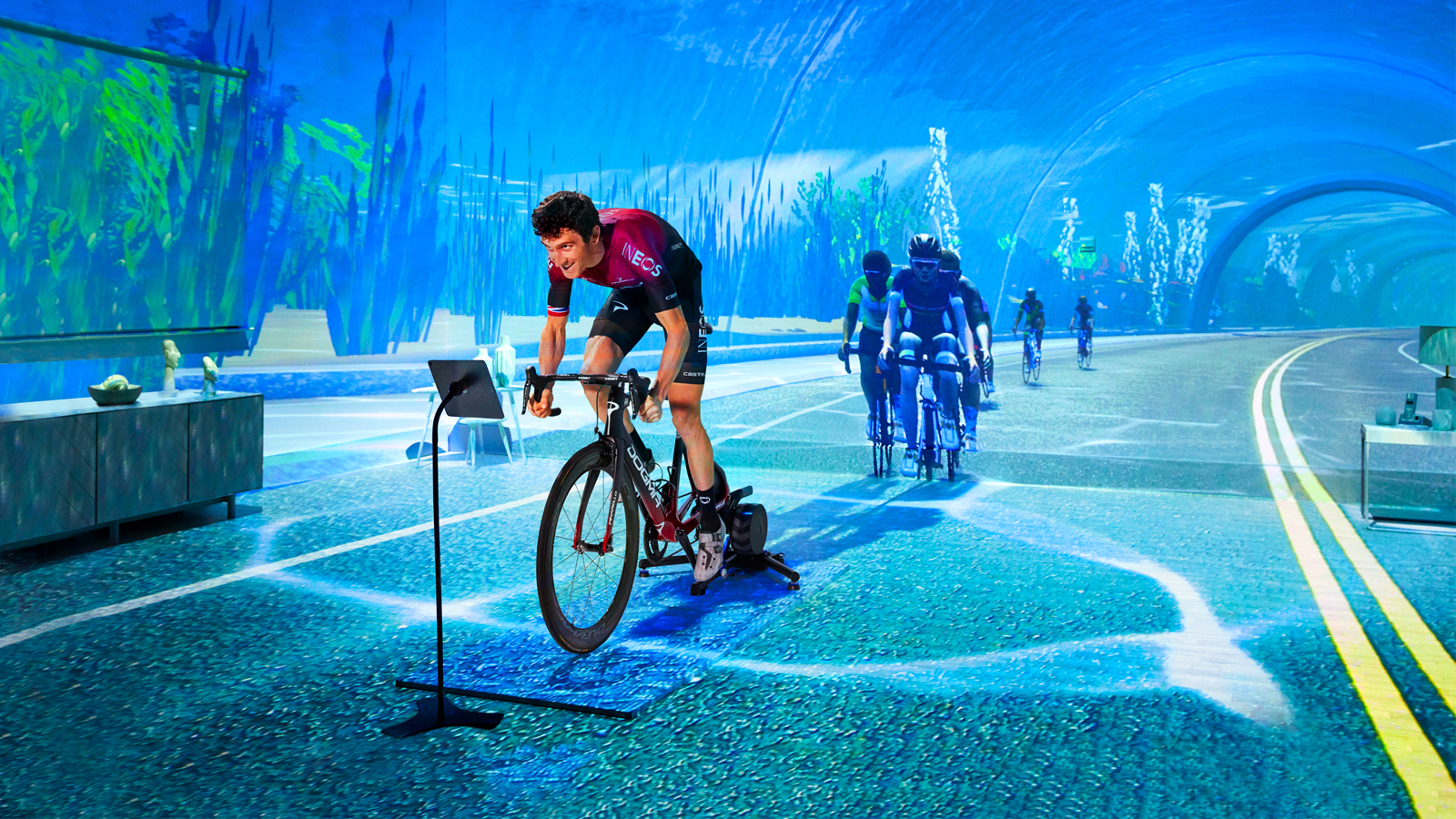
When I first started racing road bikes at Colorado State University, as winter settled in on my first full season, I remember our team coach sending out turbo trainer workouts. Up to that point I hadn't done all that much indoor cycling and I still vividly remember saying, "Wow, that really sucks" to myself after I finished the first one.
I tried everything to make suffering through the workouts more bearable, and eventually settled on trying to play Xbox with my roommate while also trying to complete structured intervals — you can probably guess how efficient my sessions were.
I used to dread spending time on my CycleOps Magneto trainer, and based on my results during the collegiate racing season compared to my kill to death ratio on Call of Duty, it's clear what these workouts were actually benefiting — it wasn't my fitness. I hated these indoor sessions so much I even got frostbite on a winter training ride trying to avoid riding inside.
At this point in time in 2009-2010, the workouts were still written out on paper, power meters were way too expensive for most people (especially a poor college student) and so was a Computrainer. Training apps weren't a thing yet, and keeping yourself entertained while you slogged away was difficult. And then, I discovered The Sufferfest and things started to change.
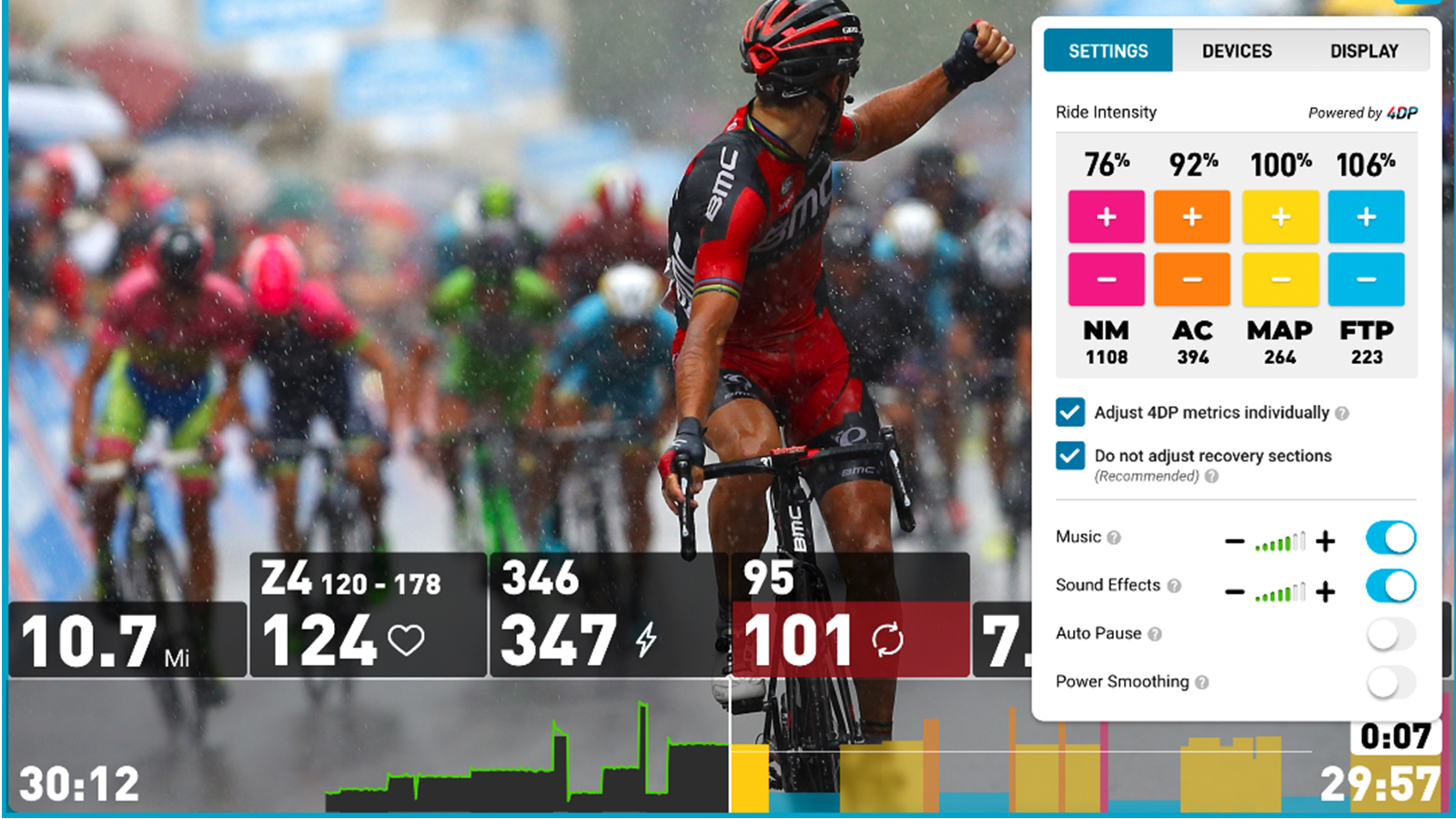
Indoor cycling
Best power meters
Best turbo trainers
Zwift: Everything you need to know
Cheapest Zwift setup
"When I started The Sufferfest, the kind of videos out there were either to watch a coach lead a spin class, like Carmichael Training Systems or Spinnervals," says David McQuillen, Founder of The Sufferfest.
"Then there were people who were doing what I would call 'real rides,' in which they put a camera on the front of their bikes or on their helmet and they rode down a road, filmed it, and sold that to you as like, 'here you go, you could pretend you're riding down Highway 101.'"
"When we came out with videos that used professional racing [footage], that created an entirely new genre in the space," he continued.
Get The Leadout Newsletter
The latest race content, interviews, features, reviews and expert buying guides, direct to your inbox!
McQuillen's idea was simple; his videos used officially licensed UCI footage and guided you through a workout that also followed a storyline; you were representing a fictional country called Sufferlandria, racing for glory against some of the biggest pros in the world.
The videos were fun and engaging, they made you laugh, and most importantly, they were good workouts once you figured out the perceived exertion scale.
The Sufferfest was soon followed by TrainerRoad, which brought Virtual Power to the table — using the known resistance curve of your turbo trainer, an ANT+ dongle and the speed and cadence sensor allowing you to train using power. TrainerRoad was also one of the first to create an app.
Times are changing
A decade later, there are apps galore, ranging from gamified eRacing on Zwift, to the resurgence of the real ride style apps like FullGaz and Rouvy which harness the power of smart trainers to offer an outdoor simulation, and of course, the structured interval focused apps like TrainerRoad and The Sufferfest to name a few.
We've seen the technology used by the apps and the trainers themselves evolve at warp speed, and indoor training today is unrecognisable compared to what it was only a few years ago. The result is people are getting faster year-round, by riding their bike nowhere fast.
None of this would have happened had the negative connotation surrounding indoor training remained at the status quo.
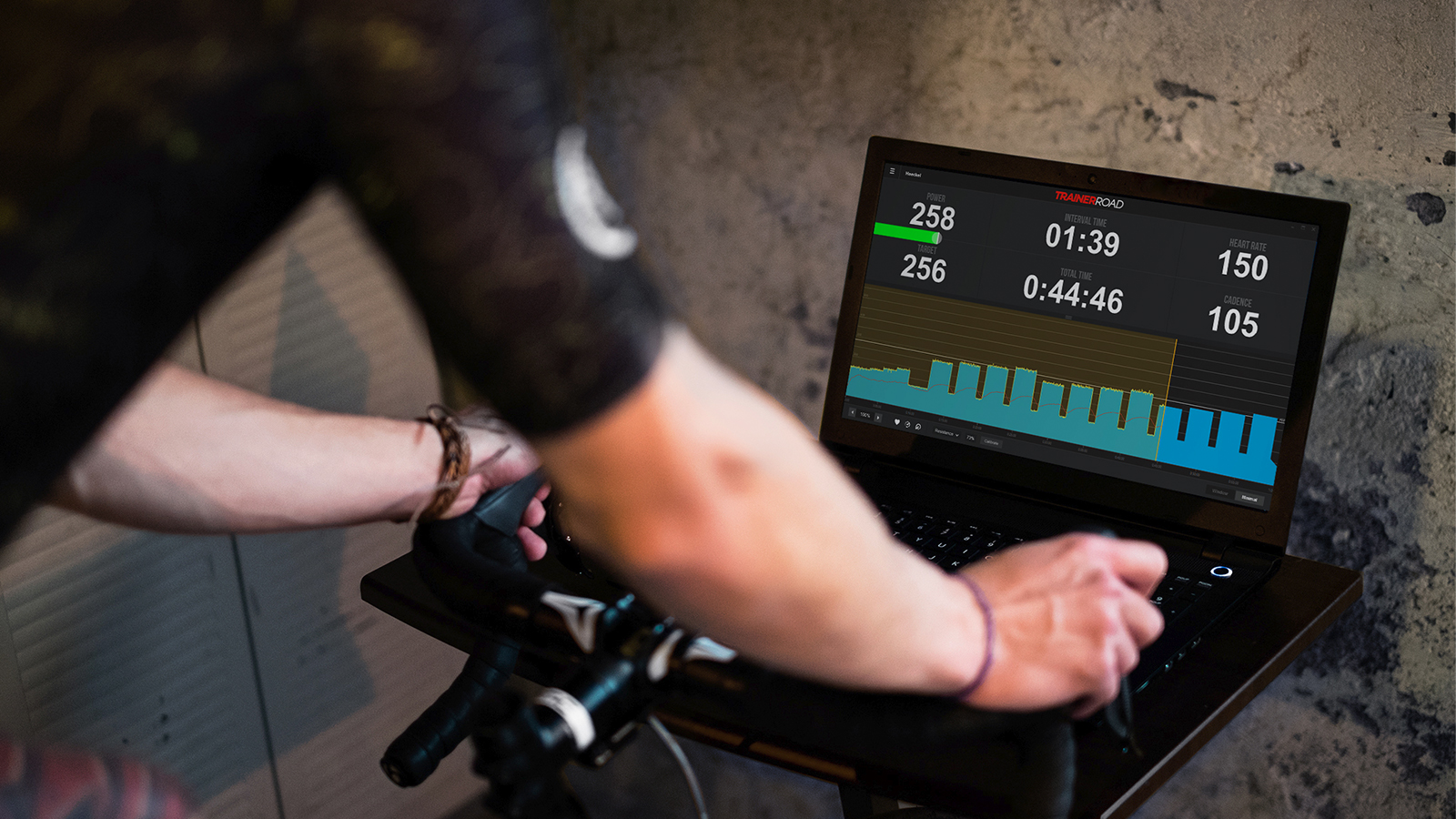
"We used to look at the trainer as a way to stave off fitness loss when outdoor conditions became intolerable. It was a necessary evil if you didn't want to rebuild your form from the bottom up in the spring, and most of cycling was united in their distaste for it," says James Lalonde, Director of Growth Marketing at Zwift.
"For a long time indoor [training] was really just about avoiding bad weather; it was a regrettable plan B," adds Jonathan Lee, Communications Director at TrainerRoad. "It was also seen as something where the indoor was only for your long, lower intensity [riding], and you would just supplement that sort of work, but you wouldn't do a whole lot of structure. Basically, everything backwards from what we now know was believed to be true."
McQuillen also points out, the stigma surrounding indoor training also had aspects of being considered sad or anti-social; something that also began to change with The Sufferfest, totally by accident.
In the beginning, the videos were single download and not connected to anything, but the mythology of the place and the characters spoke to people who were buying them.
A community formed online and people started calling themselves Sufferlandrians on their own accord — McQuillen maintains he didn't start this trend. This brought about events like The Tour of Sufferlandria, and becoming a Knight of Sufferlandira by riding ten videos in a row, adding a social aspect to this otherwise solitary activity.
The biggest catalyst in putting the anti-social stigma to bed is Zwift. Now at all hours of the day, you can jump on the trainer, join group rides, races, or just ride and chat with the random people you pedal up to on a fictional island.
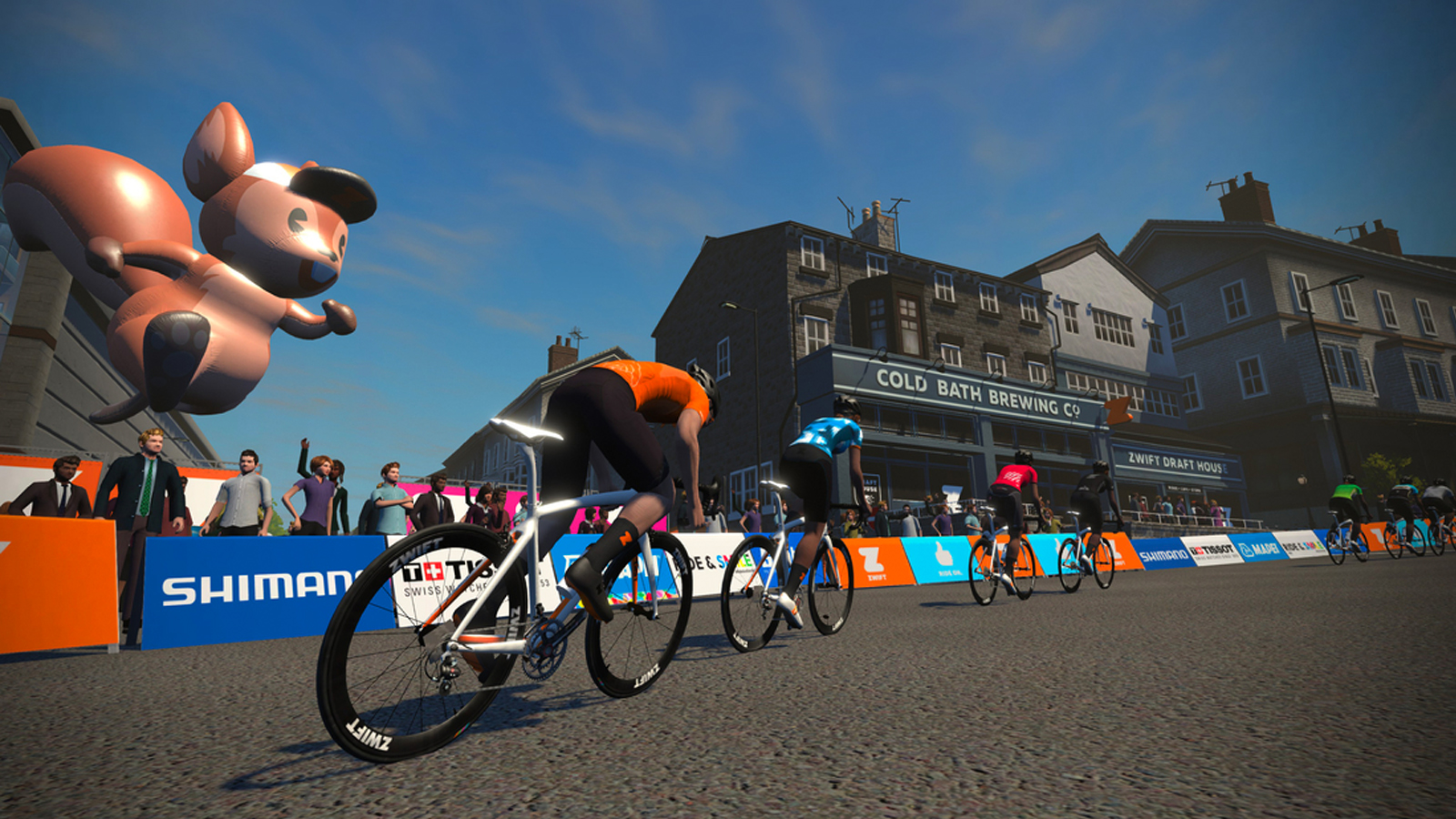
"Zwift came on the scene and offered great training structure as well as the chance to connect to people around the world, all within an environment that encourages you to go further and faster. Together that made for a compelling choice in what was a long-dormant aspect of cycling," says Lalond.
The other light bulb that turned on is when people began to realise was riding indoors allowed you to train more efficiently. Without external variables like stop lights, hills and headwinds, all of a sudden, riders were able to hit and maintain specific targets for a set duration and achieve better training outcomes for every ride.
The advent of apps which were constantly updating also made vast catalogues of workouts and training plans available at the fingertips of anyone who could afford a $15-a-month subscription.
"If you want to do quality work, time efficient work, that gets the best results; you need to do it inside. It's the only way to really do highly targeted structured workouts that get specific results, from professional coaches that you would never otherwise have been able to afford," McQuillen continues.
Everything is better with Bluetooth
The final piece of the puzzle that has catapulted indoor training into the behemoth it has become is, of course, the smart trainer.
“The indoor training landscape comprised 'dumb' trainers and Computrainer. Computrainer offered a wheel-on hardwired solution that could control the resistance and output your wattage," says Colin Eustace, Wahoo's VP of Global Marketing.
"As a whole, the space was lacking innovation and not providing a really good solution for consumers. It was a time when the only people riding indoor trainers were the ones who had no choice,"
So, Wahoo founder Chip Hawkins decided he could do better, and so he designed his own version of the smart trainer.
"When we first launched the KICKR we developed an API to control the KICKR and provided this for free. This allowed 3rd party developers to create and focus on the content to drive and control the KICKR. Since our original API, Bluetooth and ANT+ have adopted official specs for controlling smart trainers," he says.
Now developers were able to take complete control of the trainer, and with continual advances in ride feel, the trainer could almost emulate what you were seeing on the screen in front of you. In addition to the smart trainer's evolution of the indoor riding experience, Lee also thinks the advent of wheel off trainers played a role in the uptick.
"Wheel off suddenly made it so you can put whatever bike on your trainer, and you didn't have to worry about wearing out your tyre, or clamping it [the trainer] onto a weird frame," he says. "Those were a lot of the barriers people were expressing to us, and wheel off simplified all of it."
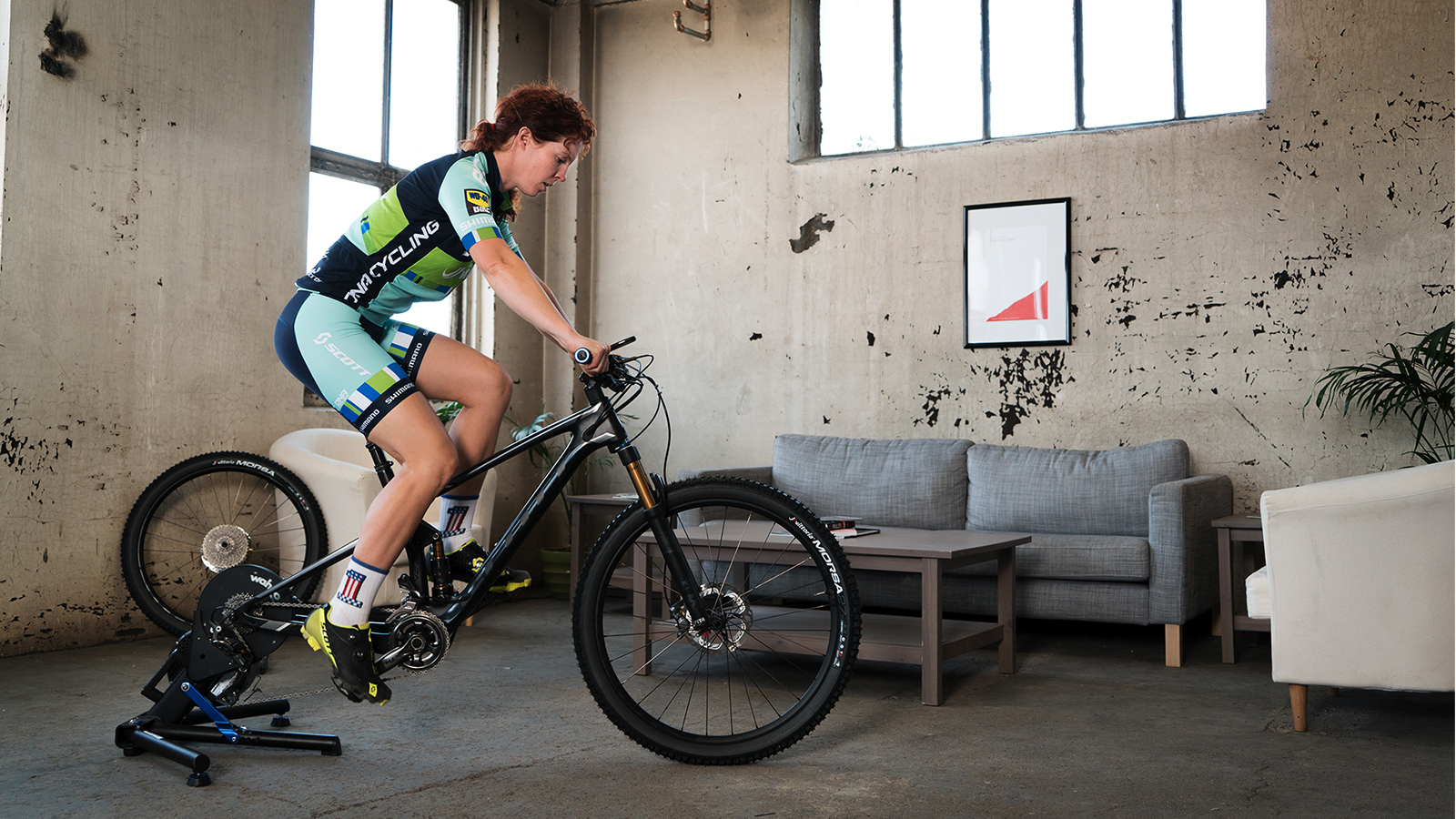
We are even beginning to see the next step of this development, with fully interactive training bikes aiming to offer an even more immersive experience. We already have trainers that can change resistance, simulate riding over rough roads, and accessories that pitch your bike depending on if you're riding up a hill in Zwift or doing a climbing interval, but this next generation of trainers is seeking to take this a step further.
In a relatively short period of time, indoor training has gone from one of the most universally hated parts of cycling to one of the fastest-growing areas of the bike industry. Heck, the UCI even announced it's adding eRacing to the World Championships in 2020. It's continuing to evolve, but one of the trends McQuillen believes will play a role in how this space continues forward is the idea of ecosystems. Back in July, Wahoo fitness acquired The Sufferfest, and then a few months later, Speedplay.
"I think as you look out on the landscape, you're starting to see a trend toward ecosystems, so incorporating the hardware and the software under one roof. Wahoo buying The Sufferfest; Garmin buying Tacx are ecosystems forming. As you've seen, Zwift is starting to build their own bike, and Peloton is an entirely separate ecosystem."
With The Sufferfest's training plans, yoga, mental and weight training to the app and TrainerRroad offering more planning capabilities, and 'ride outside' versions of its entire workout catalogue, both are moving towards more of a complete training suite. Lee sees a similar trend in that the whole training and app experience is going to become more linked.
"I'm not sure we have really reached saturation, I think a lot of change will come about because as we start to get everybody — everybody's just going to know that when you're a competitive cyclist you have a trainer. As we get there I think the whole entire experience will become more connected, whether it's between people, or your indoor and outdoor training," Lee says.
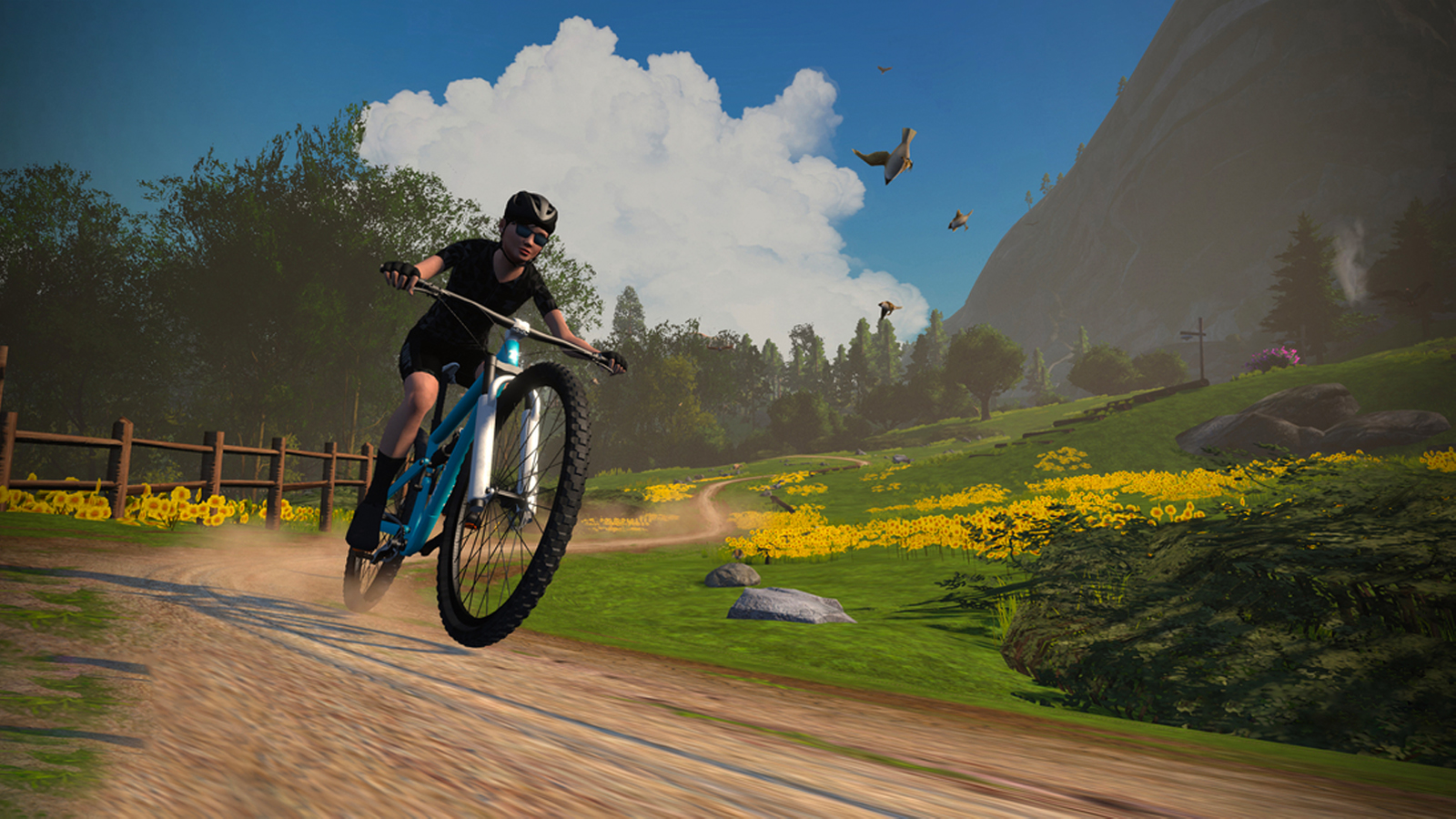
Lalonde also thinks the growth of indoor training is going to continue on its upward trend.
"I think we're going to continue to see an increase in people using indoor training year-round as a tool to level up their fitness amidst ever more busy lives. The edge we're seeing at the top of the sport is going to become common for both pro and amateur athletes and their training approaches are going to trickle down, hopefully recruiting people into the sport that may have otherwise not felt that cycling was a good fit for them.
Sold-out smart bikes are a great example of the new commitment to indoor riding and another example that indoor riding/racing is one of the fastest-growing aspects of cycling today,” he says.
With the mass uptake of indoor training continuing, and these ecosystems starting to take shape will the closed platform model that ultimately caused the demise of Computrainer?
It’s hard to say, but given the amount of work that goes into making these apps and devices speak the same language, we would speculate there won’t be a PlayStation vs Xbox style divide — Lee tells us TrainerRoad has two teams and an entire room full of devices devoted to finding bugs and making sure everything works together.
The way we train has gone through a revolution, in the same way that the bikes we ride have — just look at the rise of gravel or the continued innovation with mountain bike geometry and suspension technology.
There will always be the people who still say, ‘just go ride your bike outside,' but people are getting faster riding indoors – just look at how Mathew Hayman trained for his 2016 Paris Roubaix win – and training inside is a really useful tool when life, jobs and other commitments get in the way of getting out for a pedal. With these training platforms continuing to improve and things like eRacing growing in popularity, we are only in the prologue, and the sky is the limit when it comes to the next big innovation for riding your bike nowhere fast.
Based on the Gold Coast of Australia, Colin has written tech content for cycling publication for a decade. With hundreds of buyer's guides, reviews and how-tos published in Bike Radar, Cyclingnews, Bike Perfect and Cycling Weekly, as well as in numerous publications dedicated to his other passion, skiing.
Colin was a key contributor to Cyclingnews between 2019 and 2021, during which time he helped build the site's tech coverage from the ground up. Nowadays he works full-time as the news and content editor of Flow MTB magazine.